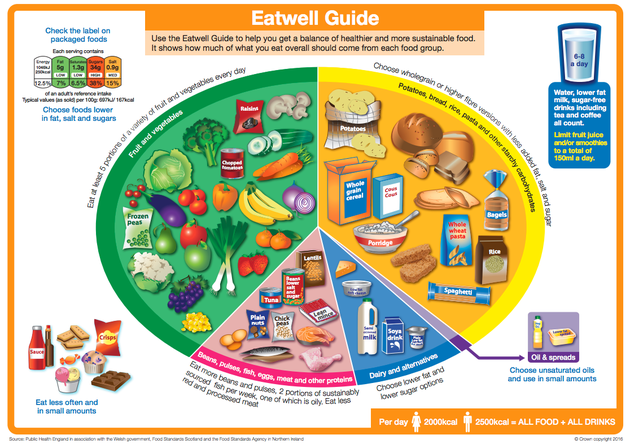Ancient wheat varieties offers a response to western consumers' needs for healthy and diverse food.
Reintroducing ancient wheat varieties for consumers could make modern diets healthier and more varied, two plant breeders have argued. Species such as einkorn, emmer, and spelt have fed the world for centuries but have nearly completely been replaced by modern bread wheat in past decades.
In an opinion piece published in Trends in Plant Science, Friedrich H. Longinand and Tobias Würschum explain that about 30,000 plant varieties are known to be edible, but people around the world feed only on thirty of those. Additionally, only five cereals – rice, bread wheat, maize, millets, and sorghum – provide more than half of the energy intake of the world population.
The pair believe that reintroducing ancient wheat, which often lie frozen in gene banks, would both diversify diets and respond to new consumer trends - but mainly in western countries. Food preferences in the US and Europe, driven more by a desire for novel products and healthy ingredients than a demand for low prices, may indeed create markets that ancient wheat species can fill.
"In developed countries, consumer trends go towards regional production of crops that are not intensively bred and produced, but instead offer novel and interesting products and tastes. Ancient crop species can satisfy these emotionally driven trends and in addition provide interesting new products with health-promoting ingredients while increasing crop and food diversity", they write.
Research shows holistic approach needed
Longinand and Würschum have themselves carried out research in gene banks - screening hundreds of varieties of einkorn and emmer - to determine the best species they could grow, in four different locations in Germany. In the process, they discovered that taking a holistic approach to the ancient plants, by looking at their appearance, as well as their physiological and genetic characteristics was crucial to make sure the plants would thrive and bring health benefits. "When you look at einkorn, it is really fantastic-looking in the field, but when you get the agronomic performance, it is low yielding and it falls down in the rain," says Longin.
Both scientists say that to successfully reintroduce other ancient grain varieties, interdisciplinary cooperation all along the supply chain, from plant breeding to nutritional analysis to marketing, will therefore be necessary to make sure all the aspects of the plants' development and consumption are taken into account.
Graham



























